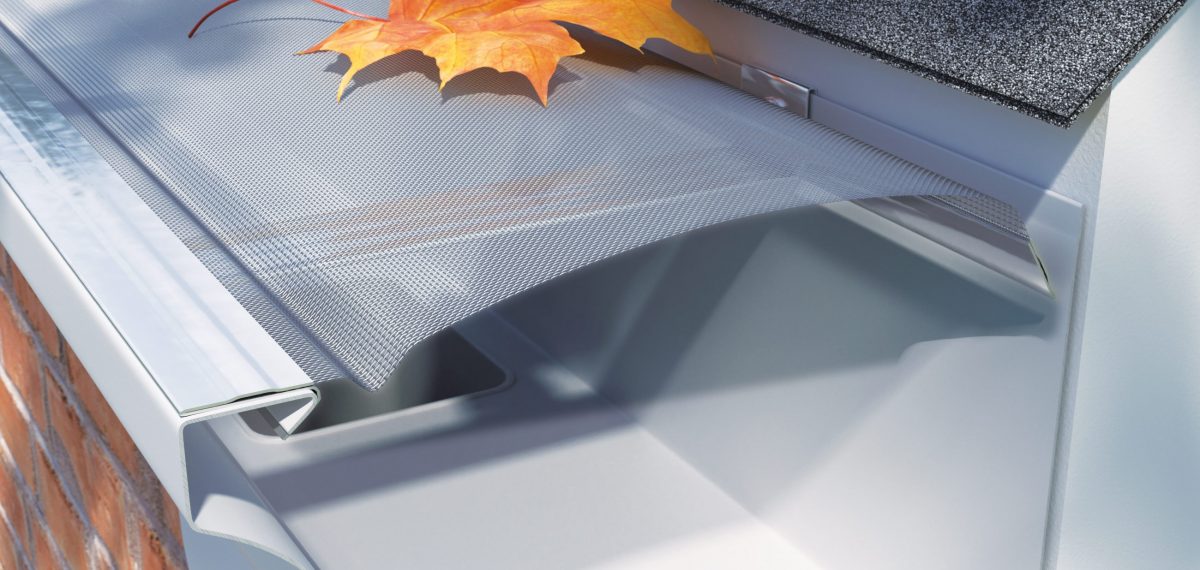If you’ve ever spent a Saturday afternoon balancing on a ladder, scooping out soggy leaves and debris from your gutters, you’ve probably wondered if there’s a better way. Leaf guards — also known as gutter guards, gutter covers, or leaf screens — promise to keep your gutters clear, reduce maintenance, and prevent costly water damage. But before you invest, it’s important to understand how they work, the types available, and what factors to consider so you can make the right choice for your home.
Why Leaf Guards Matter
Gutters are designed to channel rainwater away from your roof, walls, and foundation. When they’re clogged with leaves, twigs, and dirt, water can overflow, causing:
- Roof leaks
- Damage to fascia boards and siding
- Foundation erosion
- Landscape washouts
- Pest infestations (yes, mosquitoes love standing water!)
Leaf guards act as a barrier, allowing water to flow in while keeping out debris. This reduces the frequency of gutter cleaning and helps maintain your home’s structural integrity.
Types of Leaf Guards
There isn’t a one-size-fits-all solution. Each type of leaf guard has its pros and cons:
- Screen Guards
· Made of metal or plastic mesh that fits over the top of your gutters.
· Affordable and easy to install, but small debris like pine needles may still get through.
Reverse Curve Guards
· Designed so water flows over a curved surface and into the gutter, while debris slides off.
· Effective for large debris, but may be more visible from the ground and costlier to install.
Micro-Mesh Guards
· Fine stainless steel or aluminum mesh that blocks even the smallest particles.
· Excellent filtration, though they require professional installation for best performance.
Foam Inserts
· Pieces of porous foam that sit inside the gutter, allowing water through but blocking debris.
· Simple DIY option, but foam can degrade over time and may require replacement.
Brush Guards
· Cylindrical brushes are placed inside gutters that trap debris while letting water pass.
· Inexpensive, but debris can get tangled and require periodic cleaning.
Key Considerations Before Buying
When choosing a leaf guard system, keep these factors in mind:
- Gutter Type and Size
· Ensure the guard is compatible with your existing gutter dimensions and shape (K-style, half-round, etc.).
Local Climate and Vegetation
· If you have pine trees, choose micro-mesh guards. For areas with heavy rain, pick a design that handles high water flow.
Ease of Maintenance
· No system is maintenance-free. Look for designs that make it easy to remove debris without dismantling the whole guard.
Durability and Material
· Stainless steel and aluminum guards typically last longer than plastic, especially in extreme weather.
Cost vs. Long-Term Savings
· Higher upfront costs can mean fewer cleanings, reduced ladder use, and less risk of water damage — all of which save money over time.
Professional vs. DIY Installation
· While DIY options are cheaper, professional installation ensures proper fit and optimal performance.
Benefits Beyond Clean Gutters
Installing leaf guards offers more than just convenience:
- Safety: Reduces the need for climbing ladders frequently.
- Home Protection: Prevents water damage to roofs, walls, and foundations.
- Pest Prevention: Eliminates stagnant water that attracts insects.
- Year-Round Functionality: Works in rain, snow, and wind to keep gutters flowing.
Potential Drawbacks
It’s important to note that leaf guards aren’t perfect:
- Some types still require occasional cleaning.
- Poor-quality or poorly installed guards can trap debris instead of preventing it.
- In extremely heavy storms, water may overshoot the guard if it is not designed for high flow.
Final Thoughts
Leaf guards can be a smart investment for homeowners who want to cut down on gutter maintenance and protect their property from water damage. The right choice depends on your home’s design, local environment, and budget. Take the time to compare options, read reviews, and consult with professionals if needed. A well-chosen and properly installed leaf guard system can save you time, money, and a few ladder climbs — all while keeping your gutters flowing freely.






Comments